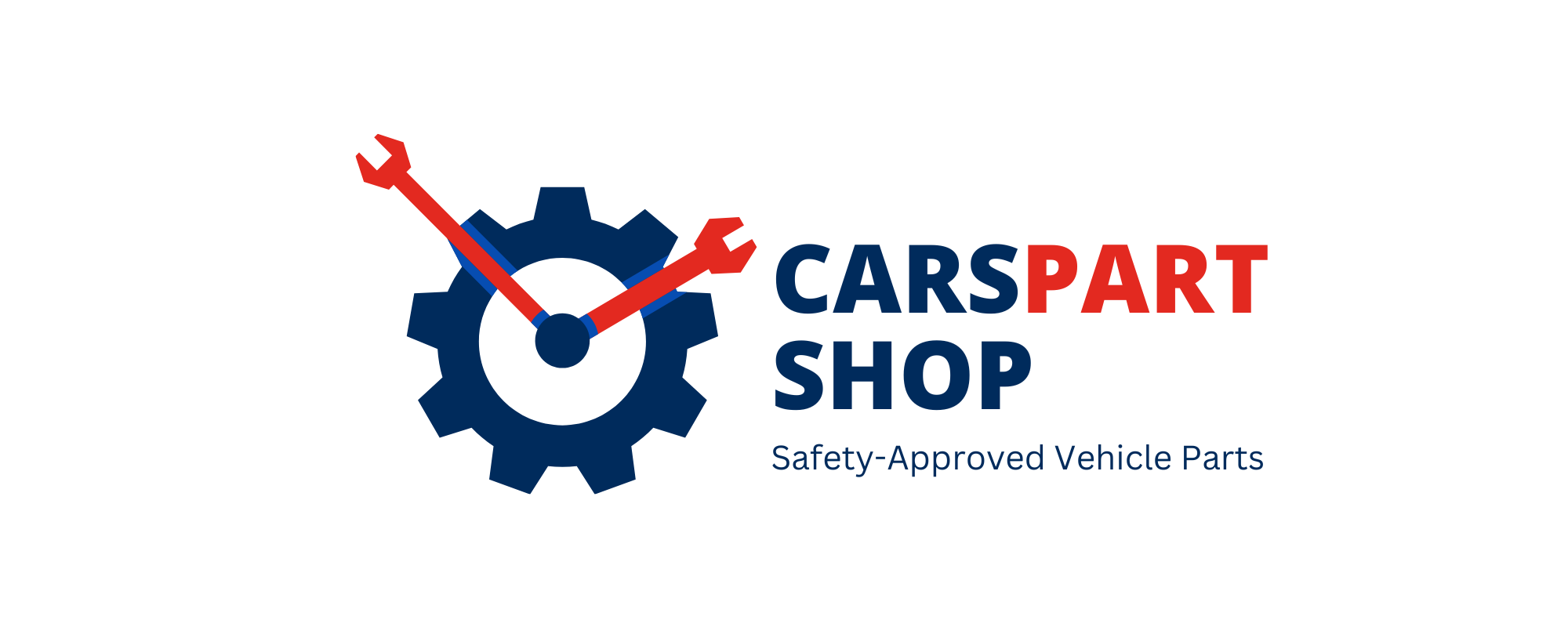The High-Stakes Choice Every Car Owner Faces
When it comes to car repairs, especially on high-value components like engines, transmissions, or major body panels, the decision between buying new or used parts can feel like a gamble.
New parts offer manufacturer-backed reliability, but the cost can be shocking—sometimes running into thousands of dollars. On the other hand, used car parts can be far more affordable, but concerns about hidden damage, compatibility, and longevity often linger.
So, how do you know when to open your wallet for something brand-new and when to confidently grab a used deal? Let’s break it down.
Understanding the Stakes with High-Value Parts
Not all car parts carry the same risk when buying used. A door handle? Low stakes. An engine? That’s a big decision.
High-value parts we’ll focus on include:
- ● Engines
- ● Transmissions
- ● Alternators & Starters
- ● Suspension Components
- ● Body Panels & Bumpers
- ● Radiators & Cooling Systems
Each of these can be expensive to replace new and have specific considerations when bought used.
Factor 1: Mileage & Age of the Donor Vehicle
One of the most important factors when buying used is the condition of the vehicle it came from.
- ● Low-mileage donor vehicle: Often a safer bet, especially if the part has years of life left.
- ● Accident total loss but undamaged part: Many vehicles are written off due to one major impact, but other parts remain in excellent condition.
- ● Well-used, high-mileage vehicle: Higher risk for wear-related failures.
Factor 2: OEM vs. Aftermarket vs. Salvaged
When buying any high-value part, you’ll encounter three main options:
| Type | Pros | Cons |
|---|---|---|
| New OEM | Perfect fit, factory quality, full warranty | High cost |
| New Aftermarket | More affordable, often readily available | Quality can vary |
| Used OEM (Salvaged) | OEM quality at a fraction of the cost | Unknown wear, shorter lifespan |
Factor 3: Warranty & Return Policy
High-value parts should always be backed by some form of warranty—even used ones. Many reputable salvage yards and online sellers offer:
- ● 30–90 day replacement warranties
- ● Extended warranties for engines & transmissions (sometimes 6–12 months)
- ● Return policies for incorrect fitment
Factor 4: Safety & Reliability Criticality
Some parts simply should not be bought used if they directly impact safety. For example:
- ● Yes to Used: Body panels, alternators, starters, non-structural suspension parts
- ● No to Used: Airbags, seat belts, heavily worn brake components
When in doubt—choose new for safety-critical parts.
How to Inspect a Used High-Value Part Before Buying
Step 1: Verify part compatibility via VIN or part number.
Step 2: Check for visible wear, rust, cracks, or leaks.
Step 3: Ask for the donor vehicle’s mileage and accident history.
Step 4: For engines/transmissions, request compression tests or inspection reports.
The Decision Framework: When to Save vs. When to Splurge
Here’s your quick-reference decision table:
| Question | If Yes | If No |
|---|---|---|
| Is the part safety-critical? | Buy New | Proceed to next step |
| Is the car relatively new or valuable? | New recommended for longevity | Used can be considered |
| Is the budget tight? | Seek reputable used sources | New may be worth it |
| Can you inspect/test before buying? | Used is safe if it passes | Buy new for assurance |
Cost Comparison: New vs. Used High-Value Parts
| Part | New OEM Price Range | Used Price Range | Savings Potential |
|---|---|---|---|
| Engine | $4,000–$7,000 | $1,500–$3,500 | 50–70% |
| Transmission | $3,000–$5,000 | $1,200–$2,800 | 45–65% |
| Alternator | $400–$800 | $75–$200 | 60–80% |
| Body Panel (Door, Fender) | $600–$1,200 | $150–$400 | 50–70% |
Where to Buy Quality Used High-Value Parts
- ● Certified Auto Recyclers – Auto Recycler’s Association provides a directory of vetted suppliers.
- ● Reputable Online Marketplaces – Cars Part Shop, Auto Vehicle Parts, OEM Used Car Part.
- ● Local Salvage Yards – Great for in-person inspection.
FAQs
Yes, if sourced from reputable suppliers and properly tested before sale.
Use your VIN or original part number to verify compatibility.
Engines and transmissions often require professional installation to maintain warranty.
Generally, no—but consult your provider for specifics.
It depends—new aftermarket parts can be reliable, but OEM used parts usually offer better fit.
Buy from trusted sellers, get warranties, and inspect before purchase.
Conclusion: Smart Buying Means Smart Driving
Choosing between used and new high-value car parts isn’t about always going cheap or always going premium—it’s about knowing the part’s role, your car’s value, and your own risk tolerance.
By following a structured decision process, inspecting parts carefully, and buying from trusted sources, you can save thousands without sacrificing performance or safety.






